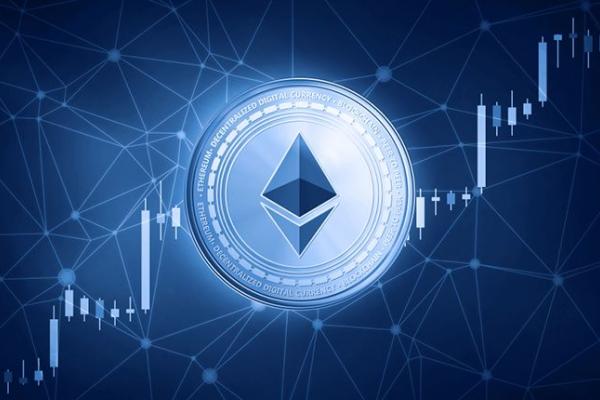Parachains provide an original alternative to the current centralized internet infrastructure with its weaknesses. How does it works, explained by Alex Siman, founder of Subsocial, a Polkadot-based decentralized social network platform.
The upcoming Ethereum London upgrade, along with the launch of Polkadot and Kusama’s parachains, has delivered a piece of good news to the crypto sector while markets remain bearish. Parachain candidates are gathering support to win their auctions, which sheds a ray of hope on an alternative to the current centralized internet infrastructure so often disrupted, like by the recent Fastly internet massive outage.
However, most casual crypto investors still don’t understand the core technical tenets of these ambitious blockchain platforms.
So how does it works? Parachain’s explained by Alex Siman, founder of Subsocial, a Polkadot-based decentralized social network platform.
Substrate 3.0, with the parachain technology it enables, shows the new level of the technical capabilities of decentralized technology.
Parachains provide a highly customizable environment allowing users to solve specific tasks and create high-performance decentralized products which can exchange various means of value between themselves. It effectively replaces outdated Web 2.0 products, which before was considered impossible because of significant entry barriers.
Substrate 3.0’s parachains will improve Web 2.0 to Web 3.0, as Web 3-powered parachains can establish censorship-resistant and privacy-secure decentralized networks with necessary scalability, which can realize the fully democratized vision of the Internet from decentralized finance (DeFi) to social media, web, file sharing, and media streaming.
Often viewed as twin rivals, Polkadot’s Substrate parachains and Ethereum 2.0’s shards shouldn’t be viewed as similar, despite their shared history and technical similarities.
Parachains are unique, independent, customizable, and designed to the specific needs of their blockchain network, while shards are identical by design. Technically, shards might help to achieve the desirable Ethereum scalability, but they can’t transform the way of Ethereum functions and remove its limitations. For instance, Ethereum would be unable to create a working fully-fledged protocol for decentralized social networking.
Substrate and Polkadot were created with a common vision that there is no single blockchain that can be everything to everyone and that the future is rather a connected multichain ecosystem that can realize the scalability, interoperability, and security that layer-1 parachains will need to seamlessly exchange value and communicate with each other. This is a significant difference from Ethereum’s ecosystem that continues to appending more applications and protocols despite falling network speeds and rising gas fees.
Surely, parachains may compete with the Ethereum network, but realizing these threats, the Ethereum blockchain will imminently innovate and evolve, and products born in competition would be a win-win game for both Polkadot and Ethereum.
The growing popularity of parachains in the future will change the modern architecture of decentralized products and the ways market participants interact with each other. A new and more flexible tool on the market might provoke an outflow of users from Ethereum, while niche communities will come to the fore. They will not be isolated from each other, moreover, they will become part of a common whole being connected to relay chains of Polkadot and Kusama.
However, the technology is still in its early stage, so implementing parachains may pose a number of challenges and technical issues for complex user experience and interoperability. For instance, proper organizing connections using multiple chains in the same decentralized application (dApp) is still needed to overcome.
As reported before, Pontem and Pinknode startups by the Polkadot ecosystem help to develop an experimental test environment for Facebook’s Diem blockchain-based payment and decentralized finance system.



